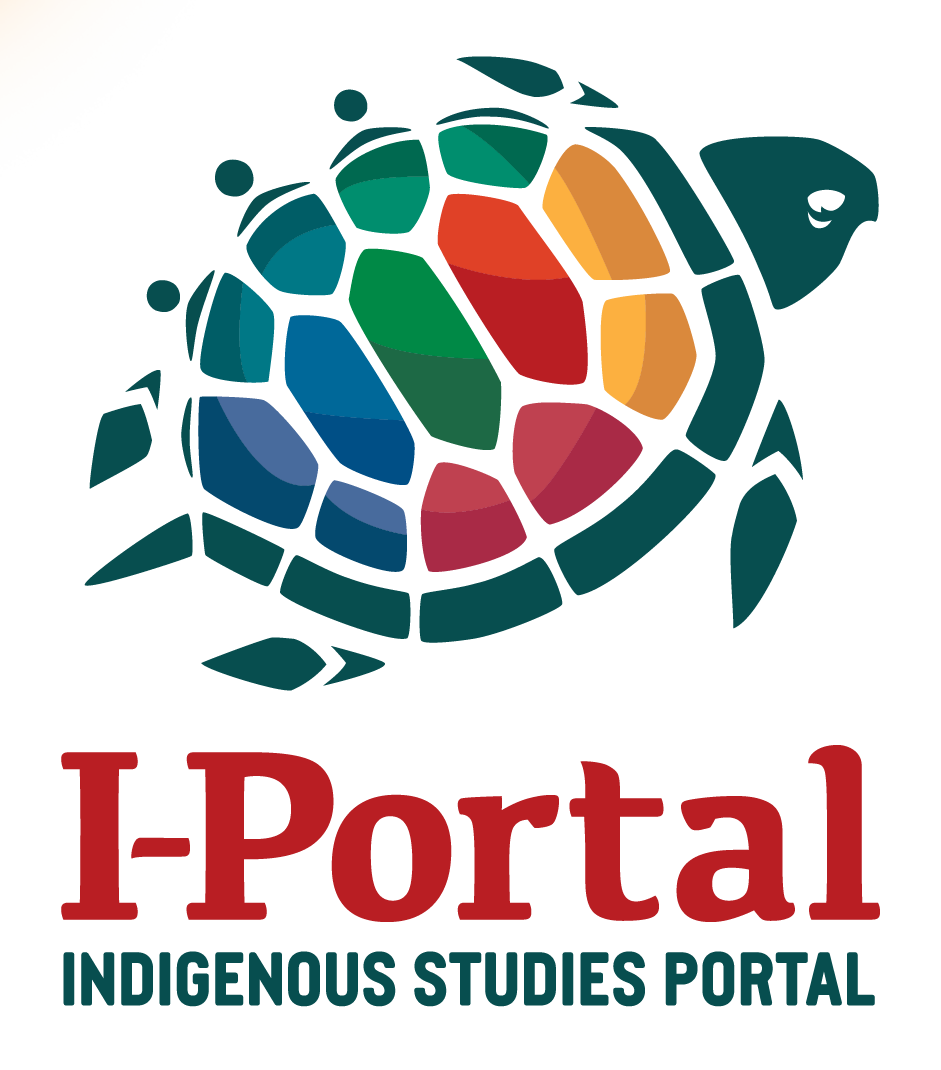Challenging the Deficit Paradigm: Grounds For Optimism Among First Nations in Canada
Articles » Scholarly, peer reviewed
Author/Creator
J. Rick Ponting
Cora J. Voyageur
Canadian Journal of Native Studies, vol. 21, no. 2, 2001, pp. 275-307
Description
Focuses on positive developments in the areas of self-government, organizational capacity, structures of opportunity, and resistance to oppression.
